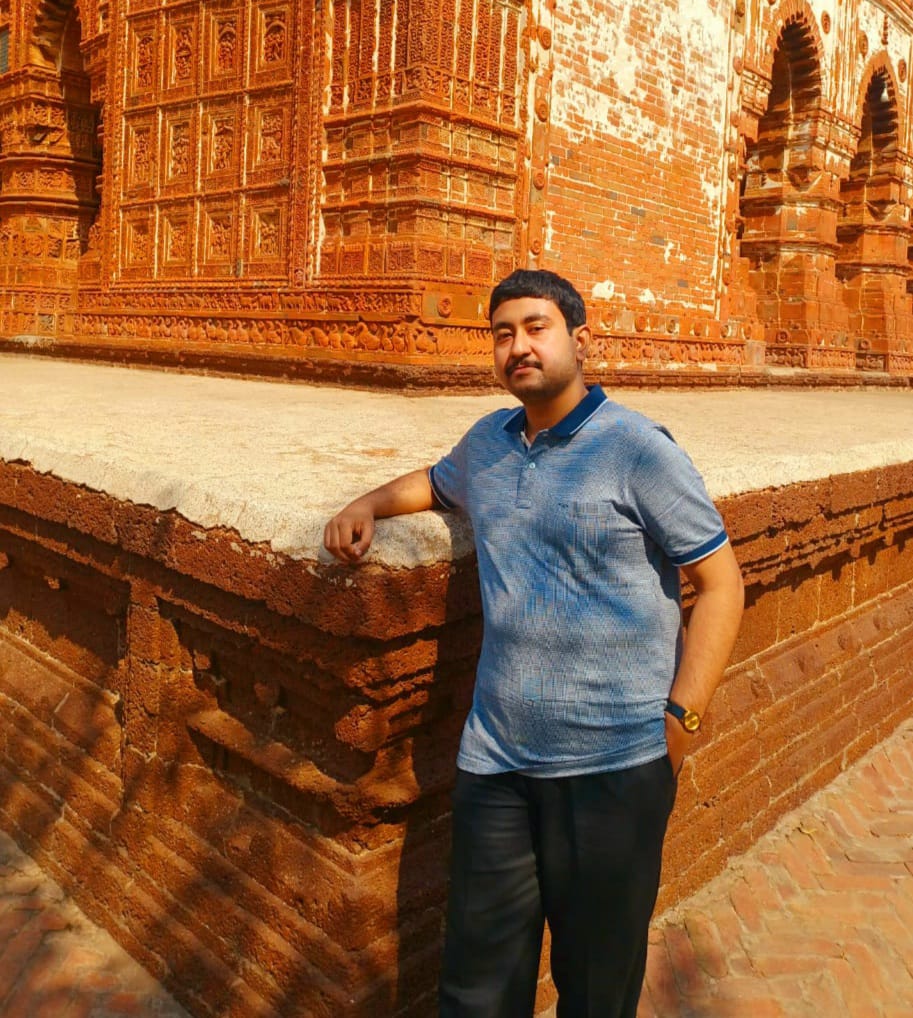Venus of Willendorf, Venus of Hohlefels, Venus of Berekhat Ram. A mere mention of these names is sufficient enough to trigger enthusiasm of archeologists throughout the world. These three are among some oldest figurines till excavated from different parts of Europe and Asia. In spite of belonging to different time and geographical area, these figurines strikingly bear some similarities that can rewrite human history.
Mere artifacts or something much more?
All of these venous figurines have abstract depiction of a woman with large belly, protuberant breasts and wide vagina. What does that signify? A pregnant mother who is about to give birth to her offspring. It’s the very symbol of the most primitive religious idea; the religion of worshipping Mother goddess. Long before civilization and society, when our consciousness was crawling with all animalistic instincts, even then we had a sense of worshipping the Mother who gives birth. We understood all the world as a womb of that cosmic prime mother.
Religion beyond humanity?
Difficult to believe but yes. The Venus of Berekhat Ram excavated from Israel dates back to 2,80000 years, a time period when Homo sapiens was yet to come in existence. Most probably the extinct humanoid species like Neanderthals and Denisovans have made this figurines for ritualistic purposes. This signifies that tradition of Mother Goddess worshipping is probably a universal religious idea transcending through species. Interesting, isn’t it?

Still in existence?
Yes. Even till date, the concept of prime mother giving birth is the essential symbol of all the auspicious ceremonies of Bengal. This symbol, called Vasudhara has etymological root in Vasundhara; the Mother Earth. We all are procreated, nourished and assimilated after demise on her surface. As the monsoon clouds start raining; this very concept is celebrated as Ambubachi. The rain that brings forth message of new creation is revered as the pious menstrual flow of Mother Earth.
Thus a amusing tradition continues ages after ages from the timeless era to post modern era, redefining our understanding of how we came up with our rituals and thoughts.






